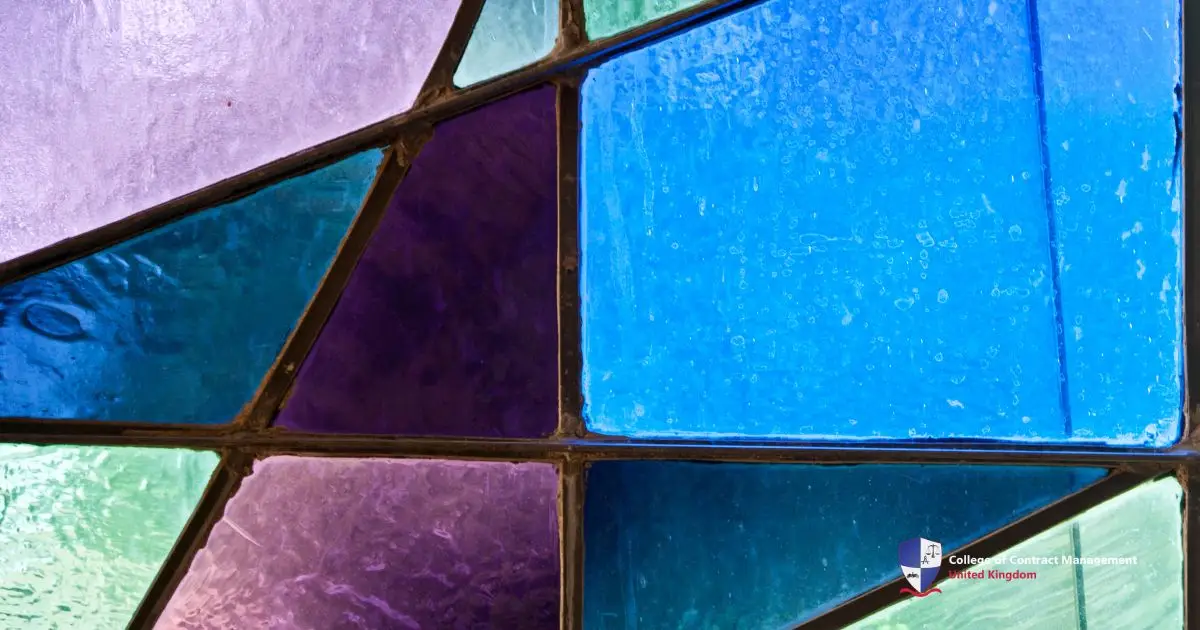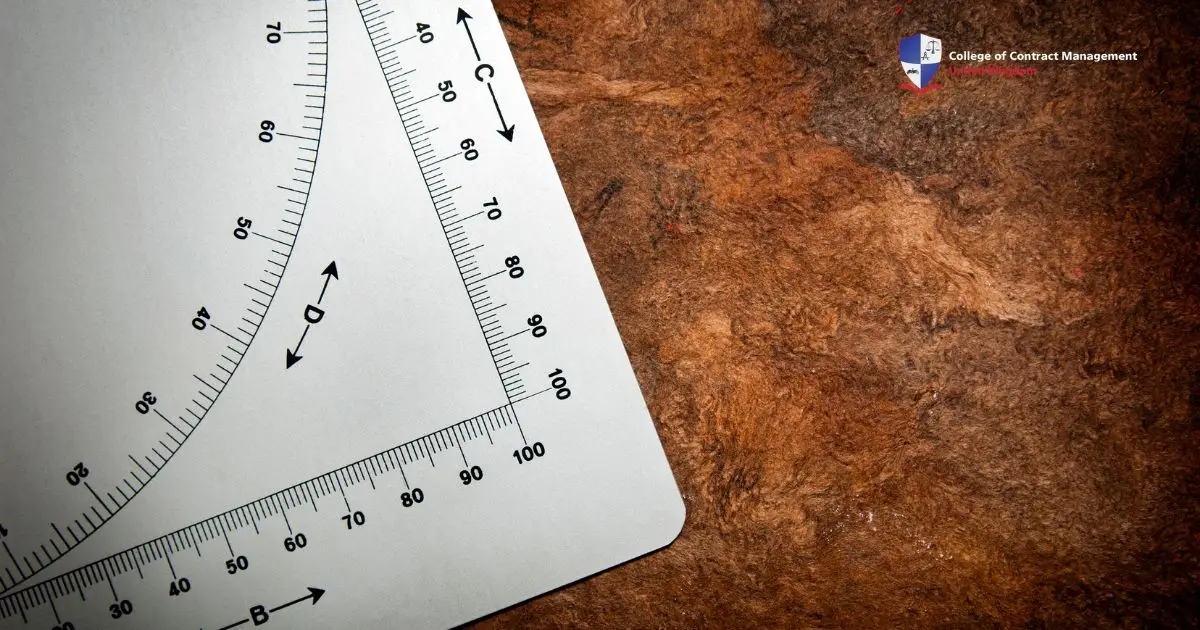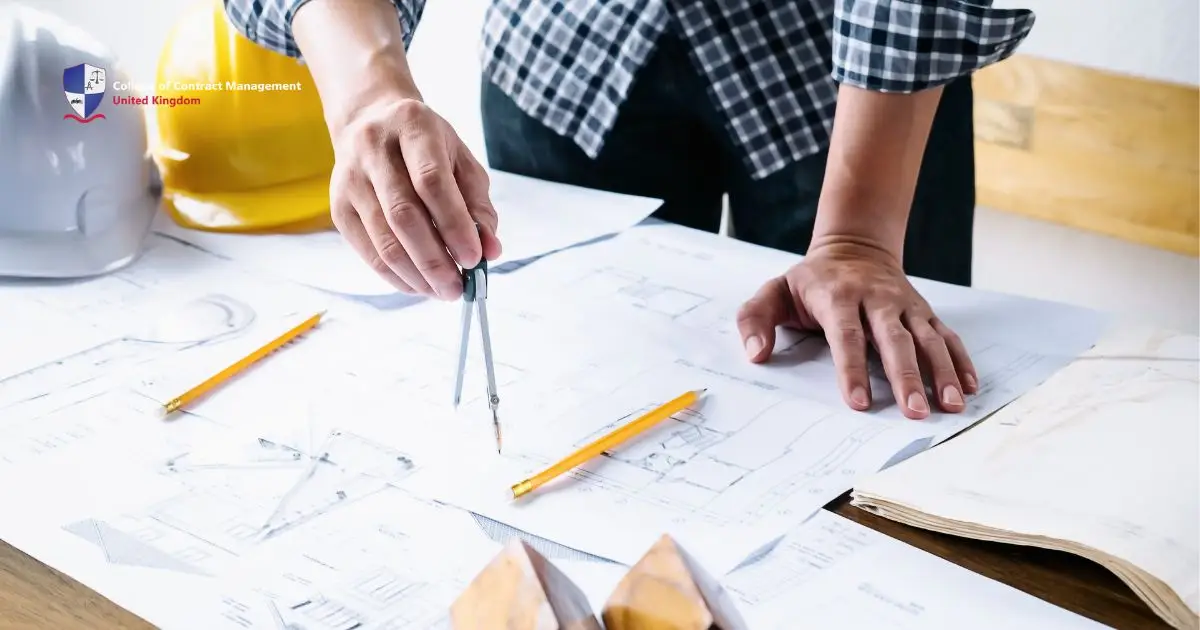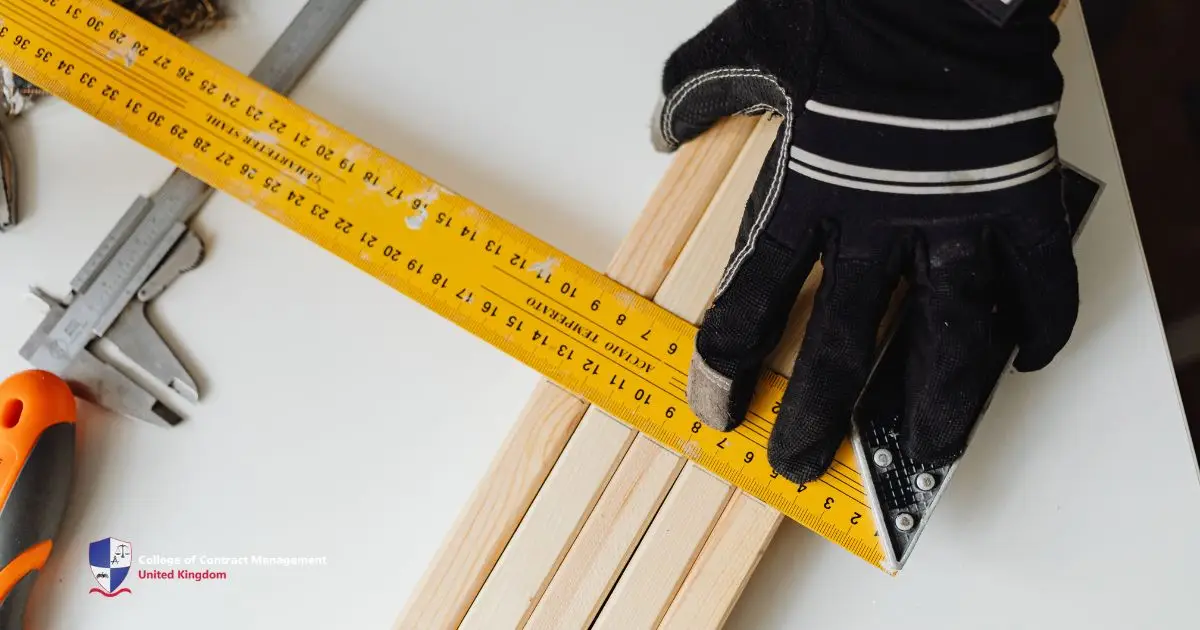The right angle is the most common angle known. However, there are a lot of different types of angles to choose from and use. Construction professionals like engineers and architects use these angles to create stability, functionality, and beauty. While angles are a simple concept, creativity transforms them into powerful tools for innovation and design.
In this article, you will learn what an angle is, the different types of angles, and its application in construction. Aside from that, you will also discover how angles influence not just the strength and stability of structures but also their aesthetic appeal and functionality.
What is an angle?
Angle is a formation of two straight lines that meet at the same endpoint. Angles are important for us as they are the foundation of all geometric shapes. Through angles, we can build simple to complex objects that we can use in our daily lives. In addition to that, angles are measured by the degrees of distance between the two connected rays.
Although angles are simple concepts, they consist of different parts. First, the endpoint is called the vertex, and then the lines extending from it are called arms. Additionally, an angle is named using the letters at the ends of the lines and the endpoint. For example, an angle formed by lines AO and BO is named ∠AOB. Lastly, there are different types of angles but the most commonly known and used is the right angle.
7 Types of Angles
There are different types of angles, namely, zero angle, acute angle, right angle, obtuse angle, straight angle, reflex angle, and lastly, a complete angle. Now, we categorize angles by their degrees, meaning each type differs based on its measurement. Lastly, to measure an angle, you must use a protractor. Below is the list of different types of angles and how each differs from the one:
1. Zero Angle (0°)
A zero angle is formed when two rays overlap in the same direction, creating an angle of 0°. This means there is no measurable separation between the two rays, making it the smallest possible angle.
2. Acute Angle (1°- 89°)
An acute angle is any angle that measures greater than 0° but less than 90°. Triangles and many geometric shapes typically feature these angles. They appear sharp and pointed, making them a common feature in various architectural and design structures.
3. Right Angle (90°)
A right angle is an angle that measures exactly 90°. Two lines or rays meet to form a perfect L shape, creating a right angle. Builders and designers commonly use right angles in squares, rectangles, and structural designs such as buildings, furniture, and road intersections. Moreover, this angle is the most used and known among different types of angles.
4. Obtuse Angle (91°- 179°)
An obtuse angle is an angle that is greater than 90° but less than 180°. It appears wider than a right angle but does not reach the straight angle mark. Irregular polygons and artistic designs commonly feature obtuse angles, which create a softer, more open look.
5. Straight Angle (180°)
A straight angle is an angle that measures exactly 180°. It looks like a straight line, with two rays extending in opposite directions from a common point. Straight angles are significant in geometry and engineering, especially when creating perfect alignments.
6. Reflex Angle (181°- 359°)
A reflex angle is any angle that is greater than 180° but less than 360°. Designers, mechanical engineers, and architects often use these angles, which resemble a large open space. For example, the hands of a clock at 10:10 form a reflex angle.
7. Complete Angle (360°)
A complete angle is an angle that measures exactly 360°, meaning it completes a full rotation. When an object rotates one full turn, it covers 360°. Examples include a full revolution of a wheel, a compass needle returning to its starting position, and circular motion in physics.
How are angles used in construction?
Builders use different types of angles for frames, foundations, construction materials, aesthetics, accessibility, and lastly, functions. All of these factors sum up how angles are important in the construction industry and also in our everyday lives. Admittedly, 90 degrees is the most used angle in construction. However, construction projects also incorporate other types of angles.
To explain further, listed down are construction aspects that heavily utilise angles. Included are examples of how angles are used in construction.
Structural Stability:
- Frames: Right-angled frames provide stability, strength, and proper alignment for walls, windows, and doors. They help distribute weight evenly to prevent collapse.
- Foundations: Footings typically have 90-degree corners, ensuring stability. Columns may have varied angles, but they should rest perpendicularly to the ground to maintain structural integrity.
Construction Techniques & Materials:
- Construction Materials: Materials like beams, bricks, and tiles are shaped at specific angles to ensure strong and stable construction. Builders commonly use right angles, but they apply special angles for slopes, curves, and aesthetic designs.
- Types of Angles in Construction Work: Welding, tiling, and flooring rely on precise angles for durability and appearance. Proper angling prevents weak spots that could cause structural damage.
Design & Aesthetics:
-
Aesthetics: Different types of angles contribute to architectural uniqueness. Modern buildings incorporate slanted, curved or pointed angles for visual appeal. Interior designs also use angles to create artistic spaces.
Functionality & Accessibility:
- Accessibility: Proper angles improve usability for all individuals. Builders design wheelchair ramps, stairs, doorways, and hallways with specific angles to ensure comfort and ease of movement.
- Functions: Angles influence the efficiency of various systems—road construction, bridges, plumbing, and electrical installations. Precise angles ensure smooth traffic flow, stable structures, and effective water and wiring systems.
Shift Your Angle with CCM
In life, looking at different angles means shifting your perspective to gain a better outlook. Similarly, in construction, using a variety of types of angles leads to improved project outcomes. Although engineers and architects commonly use right angles for stability, incorporating other angles enables them to create unique, functional, and visually striking structures.
Understanding the application of different types of angles in construction opens doors to creativity, stability, and innovation. The College of Contract Management offers specialised construction courses designed to help you apply your knowledge and creativity in real-world scenarios. These courses will not only enhance your skills but shift your trajectory of success to the right angle.





